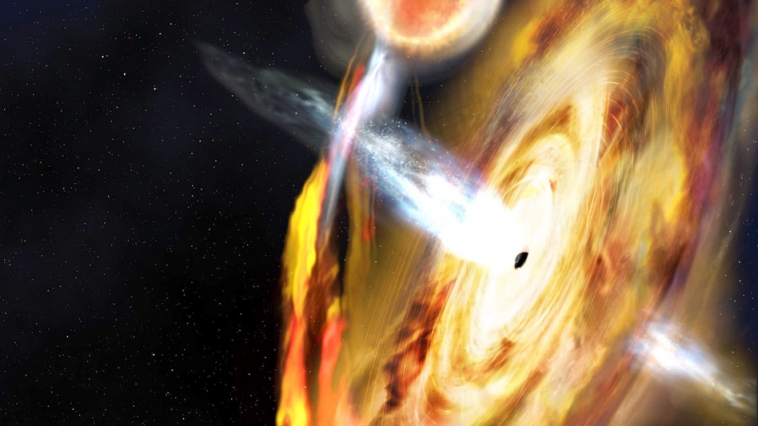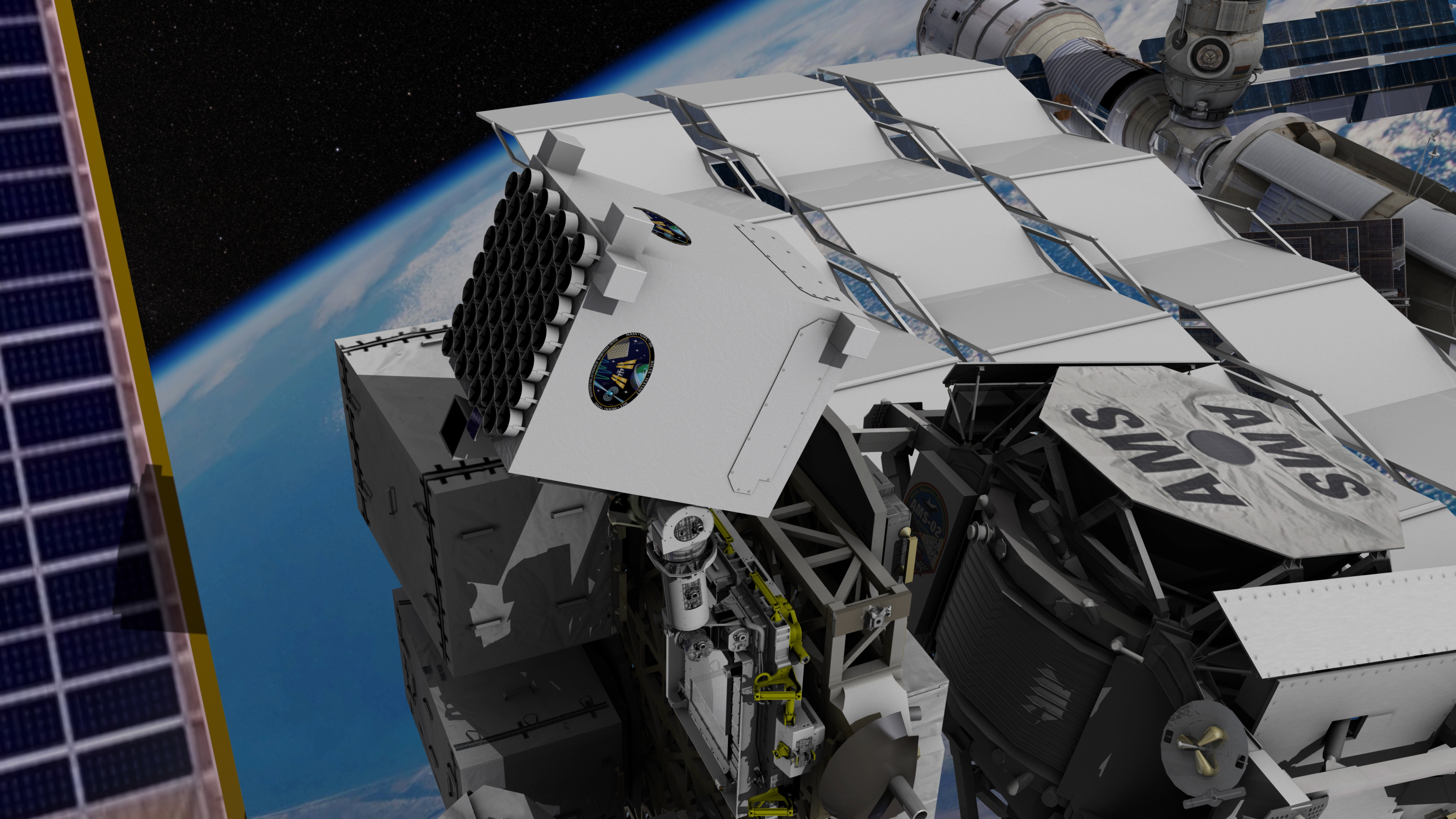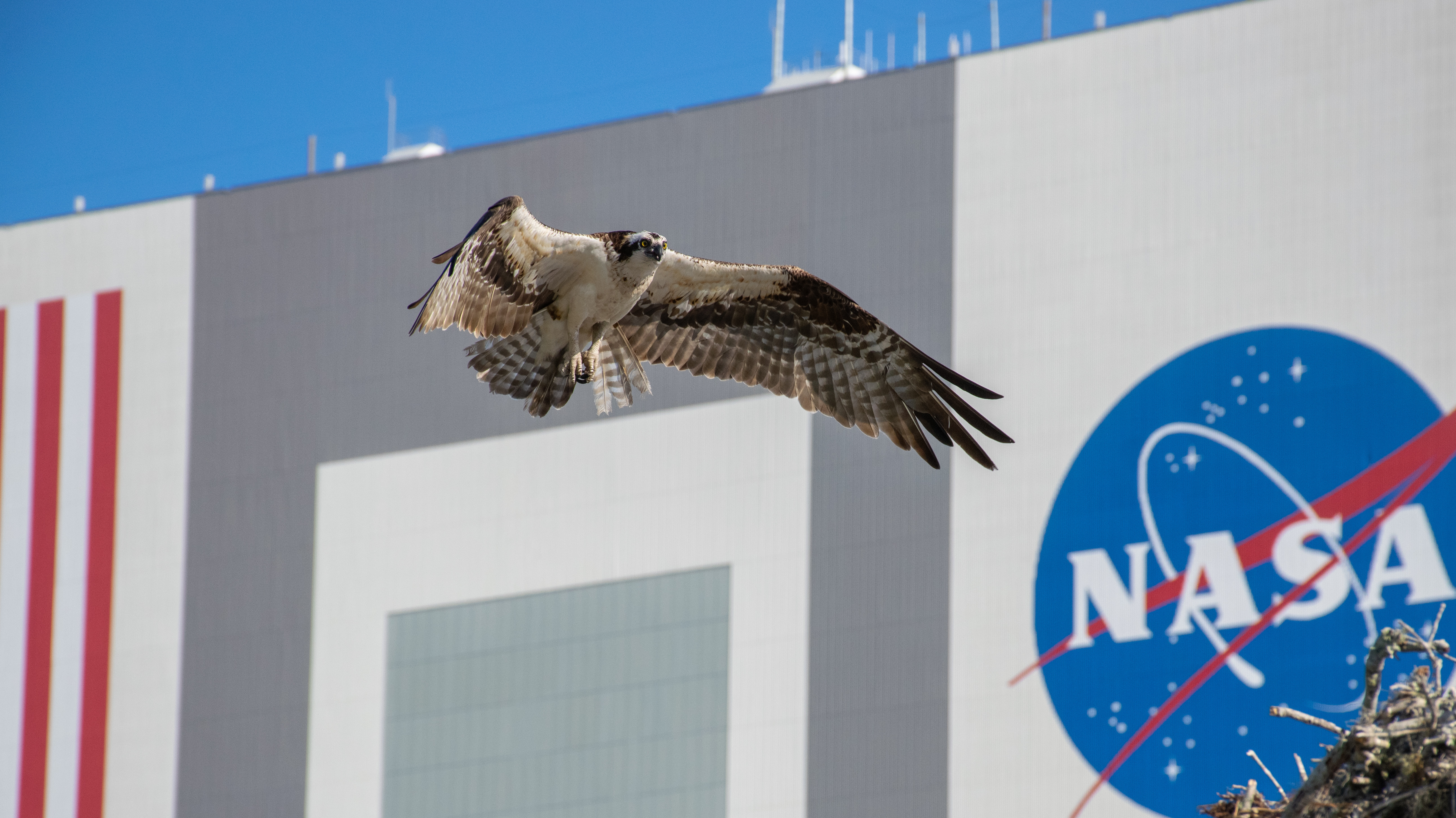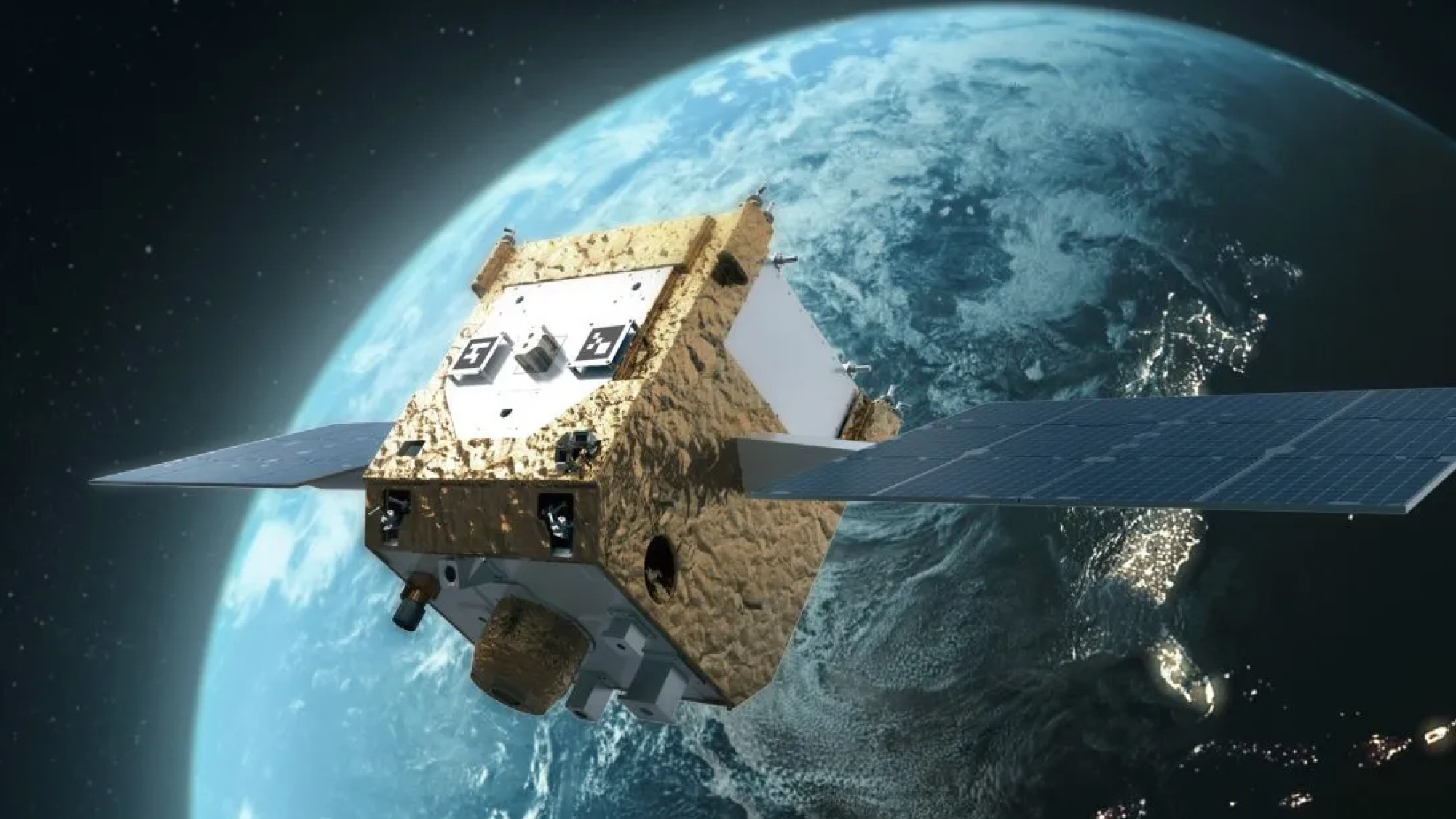'Light Echoes' of Black Hole Reveal Clues Behind Dazzling X-Ray Flares
An instrument aboard the International Space Station has helped reveal how black holes release brilliant flares of X-rays, a new study finds.
Previous research found that when gas and dust get sucked into black holes, they explode with bursts of high-energy X-rays that usually last about a year. A better understanding of these outbursts, dubbed transient events, might shed light on how black holes influence the fates of their host galaxies.
However, scientists have debated where these bright flares come from. One possibility involves changes in the swirling ring of debris falling into the black hole, known as its accretion disk, whose inner edges can experience so much friction that they can reach 18 million degrees Fahrenheit (10 million degrees Celsius) or more. Another option involves the coronas of black holes — blobs of highly energetic particles floating above the poles of black holes that can heat up to about 1.8 billion degrees F (1 billion degrees C). [No Escape: Dive Into a Black Hole (Infographic)]

To help resolve this controversy, scientists examined a transient event from a black hole dubbed MAXI J1820+070, discovered in 2018 by the Monitor of All-sky X-ray Image (MAXI) instrument onboard the International Space Station. The black hole is about 10 times the sun's mass, and lies nearly 10,000 light-years away from Earth in the direction of the constellation Leo.
The researchers monitored the evolution of the X-ray flare using the Neutron star Interior Composition Explorer (NICER) instrument on the space station. They mapped the area around the black hole in unprecedented detail as it consumed matter from a companion star.
"The first thing that was surprising and exciting about this work was just how bright this black hole system got," lead study author Erin Kara, an astrophysicist at the University of Maryland at College Park, told Space.com. "This black hole went from being completely unobservable to being one of the brightest sources in the X-ray sky over timescales of just a few days."
The scientists were able to collect highly precise measurements of both the energy and timing of X-rays given off during the outburst. This helped them detect "echoes" within this outburst — X-rays from the corona that reflected off the accretion disk and zipped toward Earth at different energies and angles than ones that traveled straight from the corona.
Get the Space.com Newsletter
Breaking space news, the latest updates on rocket launches, skywatching events and more!

The researchers found a significant decrease over the course of the flare in the millisecond-scale time lags between X-rays traveling straight from the corona and ones emitted at the same time that first reflected off the accretion disk. This suggested that either the accretion disk or the corona was changing shape during the outburst, and thus perhaps driving the explosion, the researchers said
"Similar to how bats use echolocation to map out a dark cave, we measured light echoes to measure the region close to the black hole," Kara said.

To see which part of the black hole had changed shape during the flare, the scientists examined a pattern of light known as the "iron line." The iron atoms in an accretion disk emit this light only when they are energized, such as by X-rays from a corona.
According to Einstein's theory of special relativity, the kind of strong gravitational fields found near black holes can distort time. As such, the iron line should get stretched near the inner boundary of an accretion disk, since time is moving more slowly there. If the accretion disk shifted in shape during the outburst, the iron line would similarly change.

The scientists found the accretion disk changed little in size during the outburst. Instead, they estimated the corona shrank dramatically after the outburst, from an initial size of about 60 miles (100 kilometers) to just 6 miles (10 km), in a little more than a month.
"There has been much debate in the community for many years as to what drives the evolution of the outburst in stellar-mass black holes. Is it driven by the disk moving inwards or by the corona changing?" Kara said. "In this work, we show clear evidence that it is the corona that drives the evolution."
It remains uncertain why the corona shrank. One possibility is that it contracted because of the extraordinary pressure from the avalanche of matter falling into the black hole from the accretion disk, study co-author Jack Steiner, an astrophysicist at the Massachusetts Institute of Technology, said in a statement.
These new findings might shed light on how matter behaves not just as it falls into stellar-mass black holes such as MAXI J1820+070, but also supermassive black holes millions to billions of times the mass of the sun, which are thought to lurk at the hearts of virtually every large galaxy, Kara said. Although supermassive black holes "are 1,000 times less massive than the galaxies in which they reside, they actually are a main driver in the evolution of the galaxies," she noted.
The scientists presented their work Jan. 9 at the annual meeting of the American Astronomical Society in Seattle. They also detail their findings in the Jan. 10 issue of the journal Nature.
Follow Charles Q. Choi on Twitter @cqchoi. Follow us on Twitter @Spacedotcom and on Facebook. Original article on Space.com.
Join our Space Forums to keep talking space on the latest missions, night sky and more! And if you have a news tip, correction or comment, let us know at: community@space.com.

Charles Q. Choi is a contributing writer for Space.com and Live Science. He covers all things human origins and astronomy as well as physics, animals and general science topics. Charles has a Master of Arts degree from the University of Missouri-Columbia, School of Journalism and a Bachelor of Arts degree from the University of South Florida. Charles has visited every continent on Earth, drinking rancid yak butter tea in Lhasa, snorkeling with sea lions in the Galapagos and even climbing an iceberg in Antarctica. Visit him at http://www.sciwriter.us









